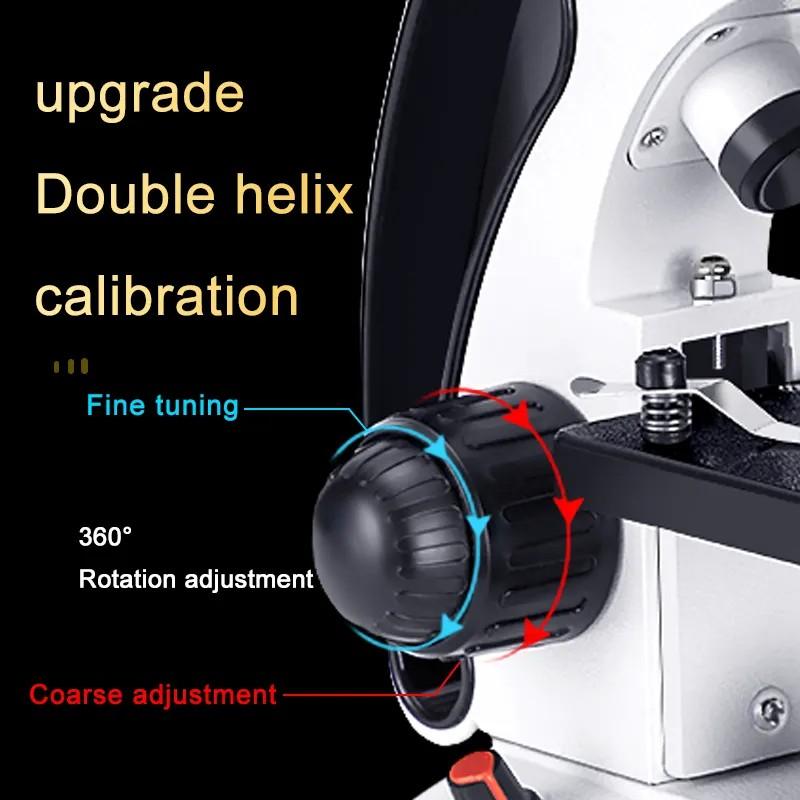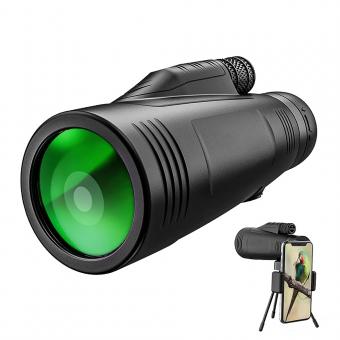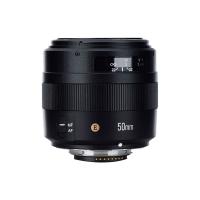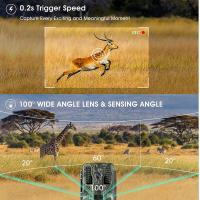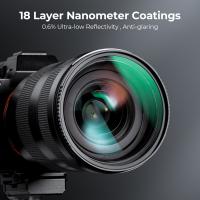What Is A Monocular Microscope ?
A monocular microscope is a type of microscope that has a single eyepiece for viewing specimens. It is commonly used in educational settings and laboratories for magnifying small objects or organisms. The monocular microscope typically consists of a single lens system that allows light to pass through the specimen, which is then magnified and focused by the eyepiece. This type of microscope is often used for basic observations and low magnification applications.
1、 Definition and Function of a Monocular Microscope
A monocular microscope is a type of microscope that consists of a single eyepiece through which the viewer observes the specimen. It is a basic and commonly used microscope in educational settings, laboratories, and research facilities. The monocular microscope typically has a single lens system, which allows for magnification of the specimen.
The main function of a monocular microscope is to magnify small objects or specimens that are not visible to the naked eye. It enables scientists, researchers, and students to study the intricate details of various biological, chemical, and physical specimens. The monocular microscope is equipped with adjustable lenses and a stage where the specimen is placed for observation. It also has a light source, usually located beneath the stage, to illuminate the specimen.
The monocular microscope has been a fundamental tool in scientific research and education for many years. However, with advancements in technology, more sophisticated microscopes such as binocular and digital microscopes have become popular. These newer models offer improved clarity, depth perception, and the ability to capture and analyze images digitally.
Despite the availability of more advanced microscopes, the monocular microscope still holds its value in many educational and research settings. It is often the first microscope that students are introduced to, as it provides a basic understanding of microscopy principles. Additionally, monocular microscopes are more affordable and easier to use compared to their more complex counterparts.
In conclusion, a monocular microscope is a basic microscope that allows for the magnification and observation of small specimens. While newer and more advanced microscopes have emerged, the monocular microscope continues to play a crucial role in scientific education and research.

2、 Parts and Components of a Monocular Microscope
A monocular microscope is a type of microscope that consists of a single eyepiece for viewing specimens. It is commonly used in educational settings, laboratories, and research facilities for magnifying and observing small objects or organisms that are not visible to the naked eye.
The main parts and components of a monocular microscope include the eyepiece, objective lens, stage, condenser, focus knobs, and light source. The eyepiece, also known as the ocular lens, is where the viewer looks through to observe the specimen. The objective lens, on the other hand, is responsible for magnifying the specimen. Monocular microscopes typically have multiple objective lenses with different magnification powers, allowing users to switch between them as needed.
The stage is a flat platform where the specimen is placed for observation. It usually has clips or a mechanical stage to hold the specimen in place. The condenser is a lens system located beneath the stage that focuses and directs light onto the specimen, enhancing the clarity of the image. The focus knobs, consisting of coarse and fine adjustments, are used to bring the specimen into focus.
In terms of the latest point of view, advancements in technology have led to the development of digital monocular microscopes. These microscopes are equipped with a camera and a screen, allowing users to view the specimen digitally rather than through the eyepiece. This enables easier sharing of images and videos, as well as the ability to capture and store data for further analysis.
Overall, a monocular microscope is a versatile tool that plays a crucial role in various scientific fields. It allows scientists, researchers, and students to explore the microscopic world and gain a deeper understanding of the intricate structures and processes that exist at a small scale.

3、 How to Use a Monocular Microscope
A monocular microscope is a type of microscope that consists of a single eyepiece for viewing specimens. It is commonly used in educational settings, laboratories, and research facilities for magnifying and observing small objects or organisms that are not visible to the naked eye.
The monocular microscope typically has a single lens system that allows for magnification of the specimen. It also includes a stage where the specimen is placed and a light source to illuminate the specimen for better visibility. The eyepiece is used to view the magnified image of the specimen.
To use a monocular microscope, start by placing the specimen on the stage and securing it in place using the stage clips. Adjust the focus knob to bring the specimen into focus. This can be done by moving the stage up or down or by adjusting the focus knob on the side of the microscope. Once the specimen is in focus, use the eyepiece to observe the magnified image.
When using a monocular microscope, it is important to handle the microscope with care to avoid damaging the lens or other delicate parts. It is also important to clean the lens and stage after each use to ensure clear and accurate observations.
In recent years, there have been advancements in monocular microscope technology, such as the integration of digital imaging capabilities. This allows users to capture images and videos of the observed specimens, making it easier to document and share findings. Additionally, some monocular microscopes now come with built-in LED lights, providing better illumination and reducing the need for external light sources.
Overall, the monocular microscope remains a valuable tool in scientific research and education, allowing for detailed examination and analysis of microscopic specimens.
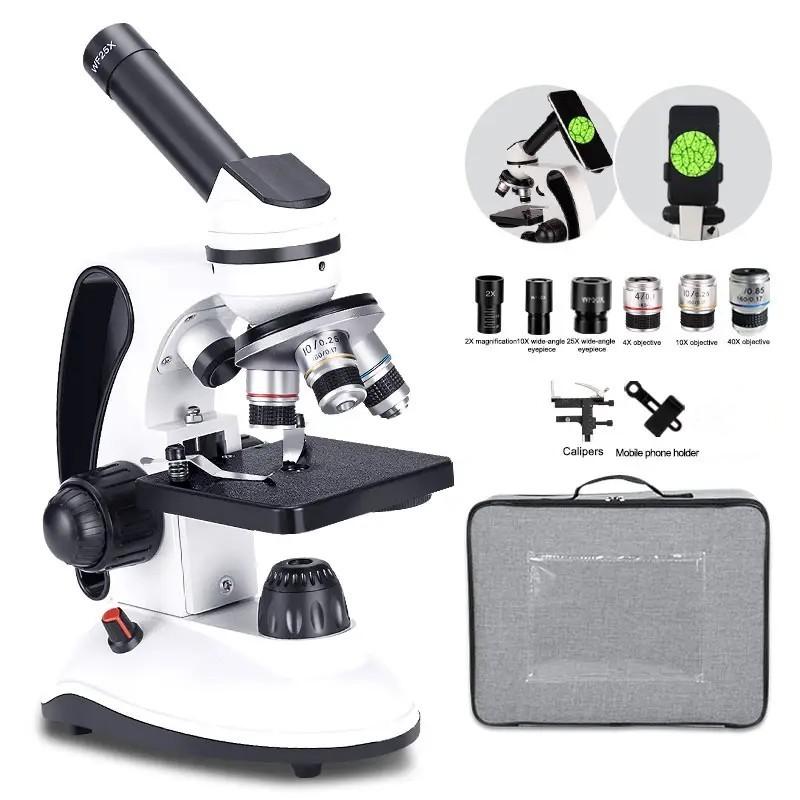
4、 Advantages and Limitations of Monocular Microscopes
A monocular microscope is a type of microscope that consists of a single eyepiece for viewing specimens. It is commonly used in educational settings, laboratories, and research facilities. The monocular microscope is designed to magnify small objects or organisms, allowing for detailed observation and analysis.
Advantages of Monocular Microscopes:
1. Cost-effective: Monocular microscopes are generally more affordable compared to other types of microscopes, making them accessible to a wider range of users.
2. Compact and portable: Monocular microscopes are lightweight and compact, making them easy to transport and use in various locations.
3. Simple to use: Monocular microscopes have a straightforward design, making them user-friendly, especially for beginners or students.
4. Suitable for basic applications: Monocular microscopes are ideal for basic microscopy applications, such as observing cells, tissues, or small organisms.
Limitations of Monocular Microscopes:
1. Limited depth perception: Monocular microscopes provide a two-dimensional view, which can limit the perception of depth and spatial relationships between objects.
2. Limited field of view: Monocular microscopes typically have a smaller field of view compared to binocular microscopes, which can make it challenging to observe larger specimens.
3. Eye strain: Prolonged use of monocular microscopes can cause eye strain and fatigue due to the need to focus on a single eyepiece for extended periods.
4. Lack of ergonomic design: Monocular microscopes may not have adjustable features, such as interpupillary distance adjustment, which can affect user comfort and efficiency.
It is important to note that advancements in technology have led to the development of more sophisticated microscopes, such as binocular or digital microscopes, which offer enhanced features and capabilities. However, monocular microscopes continue to be widely used in educational and basic research settings due to their affordability and simplicity.
